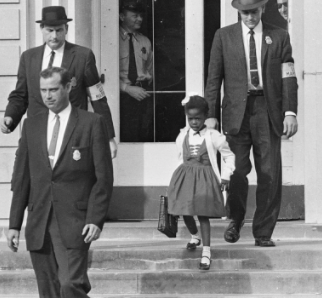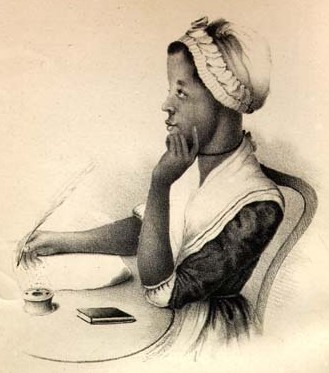The Story of Ruby Bridges

 On a morning in 1960, Ruby Bridges became the very first Black child to attend an all-white school in the South. This legacy she made at six years old was a huge step in the Civil Rights Movement, and has caused her name to go down in history.
On a morning in 1960, Ruby Bridges became the very first Black child to attend an all-white school in the South. This legacy she made at six years old was a huge step in the Civil Rights Movement, and has caused her name to go down in history.
On September 8, 1954, Ruby Bridges was born to her parents, Lucille and Abon Bridges. Ruby was the oldest of five children. She spent the first two years of her life in Tylertown, Mississippi, where her parents worked as farmers. After that, they moved their family to New Orleans.
The same year Ruby was born, 1954, the Brown v. Board of Education Supreme Court case took place, and it was decided that public schools could not stay segregated. However, by 1960, schools in the South were still refusing to desegregate. A federal court eventually forced Louisiana to integrate African American children into their schools, and the school district let out an exam for the children to take to see who was academically eligible to compete in an all-white school. Only six children passed the exam, and one of them was Ruby.
Ruby was the only one of the six children to attend William Frantz Elementary School in the fall. With this integration came an educational opportunity that Black children had before been denied; however, there also came protests and violence surrounding a six-year-old girl.
On Ruby’s very first day at William Frantz Elementary, she spent the entire day in the principal’s office, while angry people protested and parents picked up their children. As the year went on, the protests continued, and Ruby, along with her mother, was escorted by federal marshals to school every day.
There was only one teacher they could find who would accept Ruby, and her name was Barbara Henry. Ruby attended class alone, ate lunch alone, and played alone– but she persevered and kept good attendance.
Considering Ruby was the face of a very controversial movement at the time, people had various reactions to her enrollment at William Frantz Elementary. Some people were astounded by Ruby’s bravery, and they advocated for her and sent money to help her family. However, many people still advocated against Ruby’s admittance. They protested throughout the city and school, and her dad even lost his job.
After some time, other African American children attended William Frantz Elementary. Ruby graduated from a non-segregated high school and became a travel agent. Ruby eventually wrote books about her experiences, thankfully sharing her legacy with the world.
Michals, Debra. “Ruby Bridges.” National Women’s History Museum.” 2015. www.womenshistory.org/education-resources/biographies/ruby-bridges.



